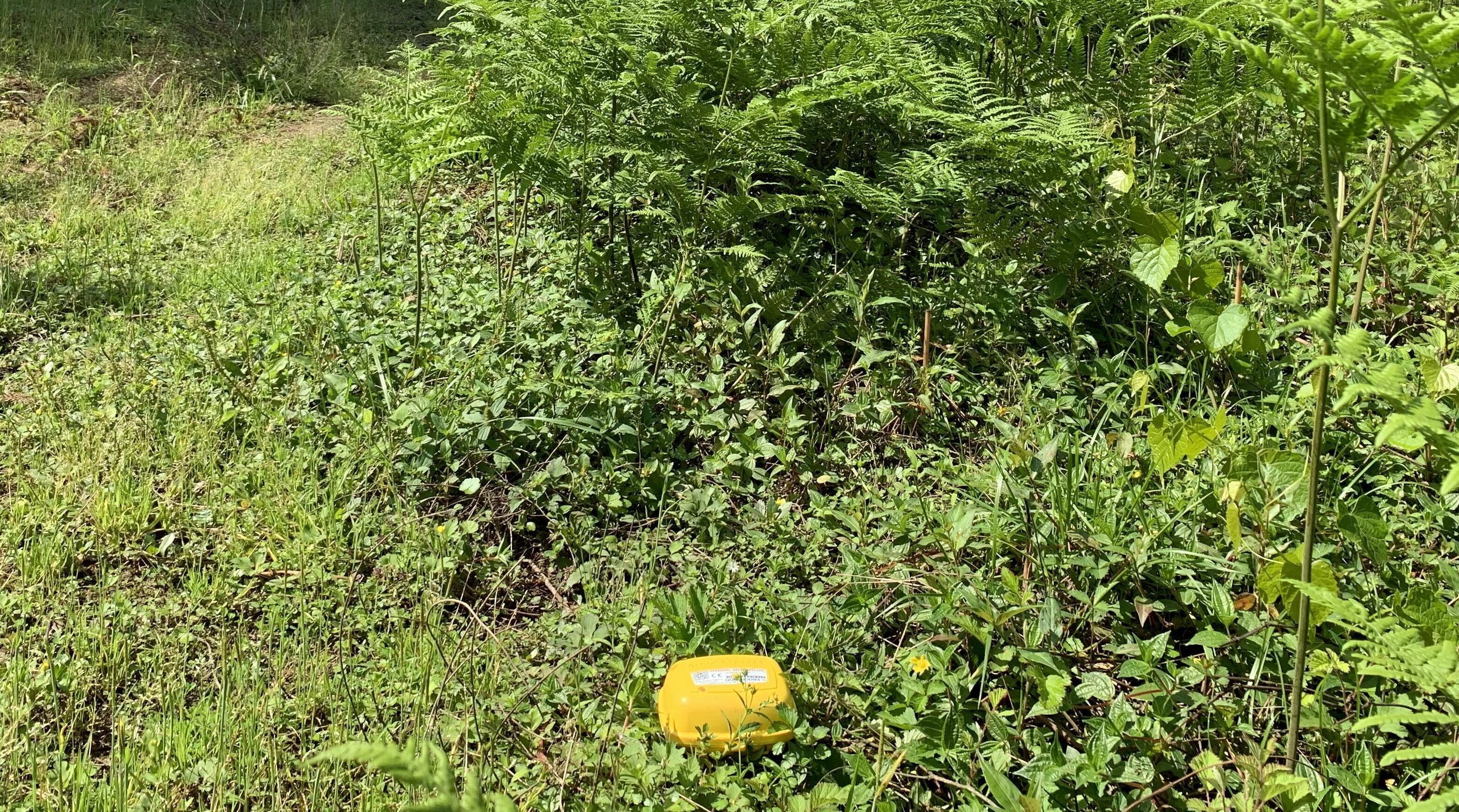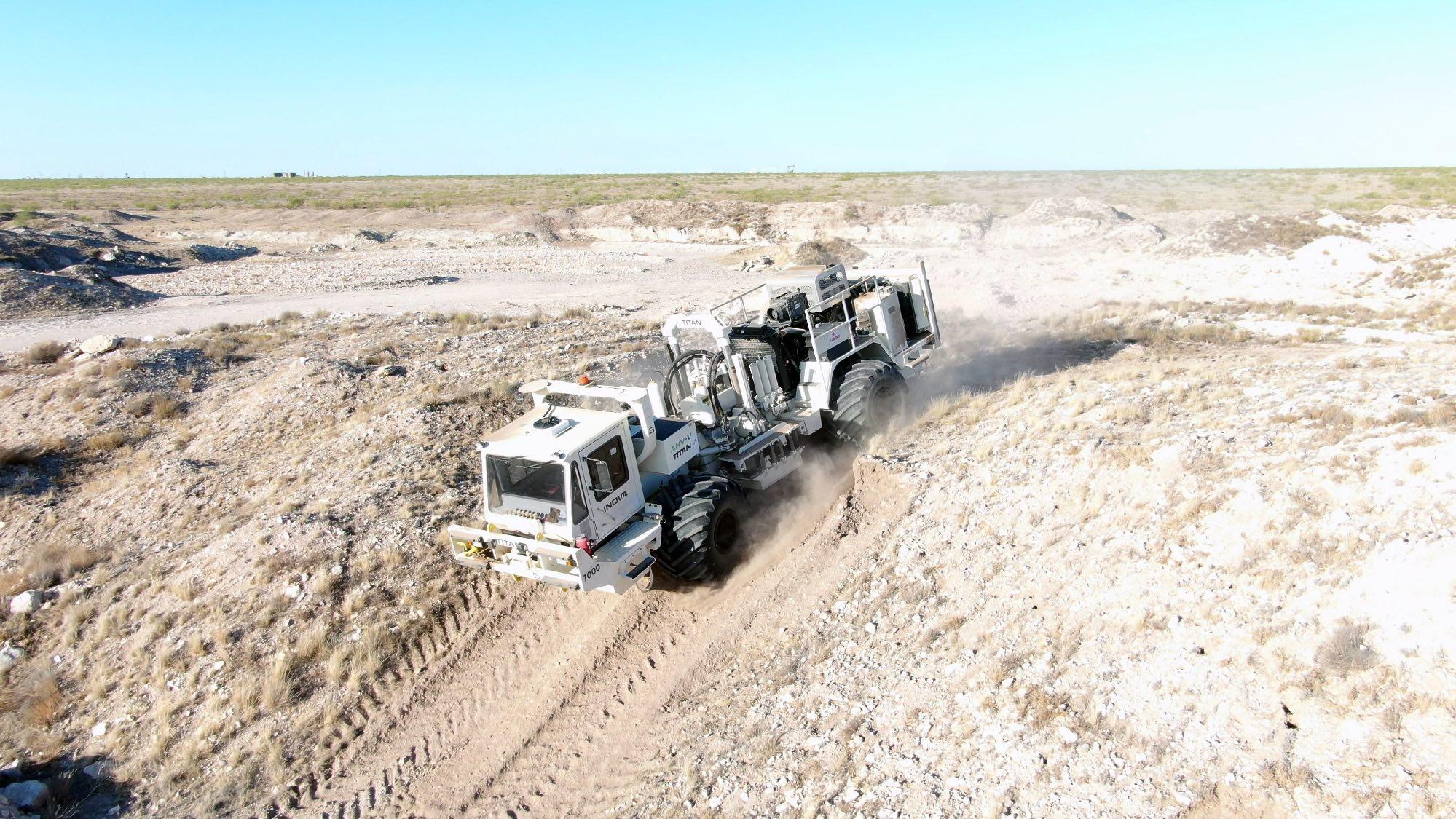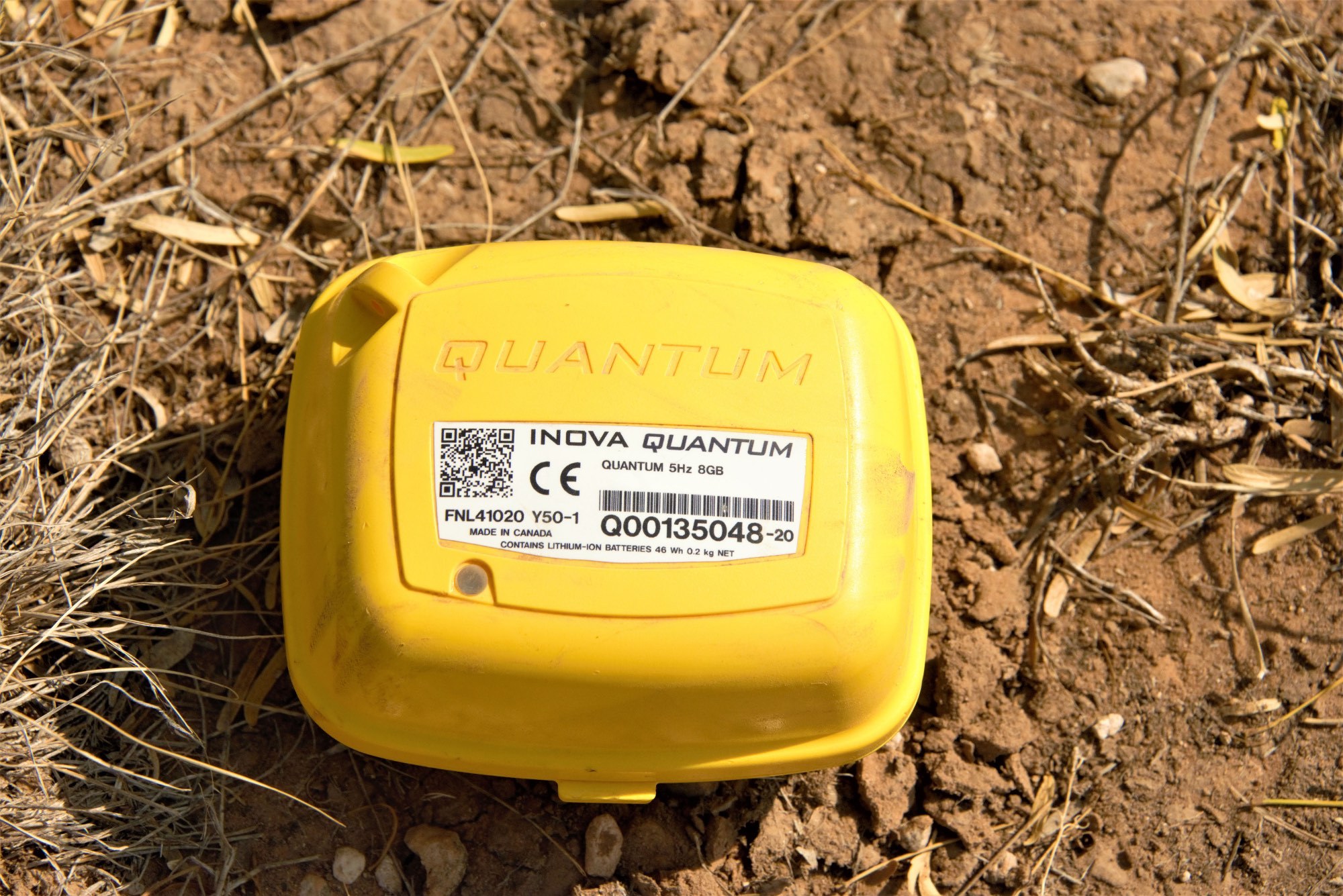
FIELD PERFORMANCE OF THE QUANTUM NODAL SEISMIC ACQUISITION SYSTEM
Field Performance of the Quantum Nodal seismic acquisition system
Quantum's unique features are designed around the efficiency of seismic acquisition, offering to simplify field work and safeguard data integrity in the most extreme environments with exceptional battery performance. The features and capabilities of Quantum's compact and lightweight model, offer multiple significant benefits for field operations compared to a geophone array, while maintaining a good balance between low cost and performance.
| Segment | |
|---|---|
| Region | |
| Technologies | |
| Related Products |

INTRODUCTION
Over the past few decades land seismic has seen multiple generations of cable-less acquisition systems enter the market. As available off-the-shelf technology evolved, systems were improved to increase operational efficiency. Cable-less systems became smaller, lighter and more compact. Timing systems improved as did battery runtime autonomy. With recent generation systems, reliability was proven at scale on seismic programs and cable-less acquisition began to gain traction in the market.
Latest generation cable-less systems, referred to as nodal systems, leverage current technology to further improve upon the attributes mentioned above. Node designers have access to a common collection of available technology. However, the choice of which technology is utilized and how it is applied varies based on objective-driven design decisions. This results in a mix of node features and specifications when comparing one to another. On the opposite side of the scale is node cost, requiring a balance to be reached through design trade-offs in node capability. If too much emphasis is placed on node cost, features and performance characteristics must be reduced or even eliminated, often shifting required basic functionality to the system level, thereby increasing operational cost.
INOVA’s Quantum nodal system is a leading example of a balanced approach between low cost and high performance. This article explores key areas of Quantum’s capability from a field perspective.

QUANTUM OVERVIEW
Quantum is a feature-rich nodal acquisition system. Starting with the node and moving throughout the system its unique characteristics are designed for seismic acquisition efficiency. The Quantum node is lightweight, rugged and contained in an enclosure with a profile that simplifies deployment. Coupled with its extended runtime autonomy and wireless QC capability seismic contractors are able to safeguard data and acquisition integrity during field recording. The system that encompasses the Quantum node, called iX1, was not an afterthought but rather was designed based on the culmination of many years of seismic nodal acquisition system development experience. iX1 consists of hardware and software that provides source control, spread QC visualization and efficient data management, all constructed for carrying out a quality seismic operation. An overview of Quantum features are shown in Figure 1.

Figure 1 Overview of Quantum features

FIELD CASE STUDIES
Quantum has been deployed extensively around the world in a variety of environments. This section provides examples of Quantum performance in extreme environments and ways in which Quantum features have been leveraged to improve operational efficiency.

GPS AND COLD TEMPERATURE PERFORMANCE
The Quantum system was recently deployed in two harsh environments in Russia with the aim of validating nodes in terms of GPS performance when buried and cold temperature operation.
The first test took place in Krasnoyarsk Krai of Northern Siberia. This area is known for extremely challenging seismic operations, primarily due to climate conditions. Nodes in several locations were buried in snow, some up to depths of 90 cm, with temperatures reaching -30 degrees Celsius. Throughout the deployment period, Quantum nodes were able to maintain GPS satellite synchronization and continued to record within specification, even at the deepest buried depths.
Quantum battery performance was also a highlight. After recording four days at 24 hours per day, node status was checked and all nodes showed 95% of battery charge remained. Prior to the field test, Quantum nodes were evaluated in a temperature chamber at -30 degrees Celsius. The nodes were programmed to record continuously at this temperature and were allowed to run until the battery was depleted. The results showed that average runtime autonomy for all nodes under test was 48 days. Based on the field test result this corresponds to more than 44 days of remaining battery runtime, indicating temperature had little impact on Quantum battery capacity when operating as low as -30 degrees Celsius in the field.
The second test took place in the Ryazan district of Central Russia. The location of this test was a densely forested area, with heavy rainfall occurring during a large portion of the test. Quantum nodes were deployed both on the surface, and to depths in sandy soil of up to 60cm. During deployment Quantum node status was monitored using the iX1 field tool. Again, Quantum nodes never lost GPS satellite synchronization and recorded without issue in these challenging conditions.
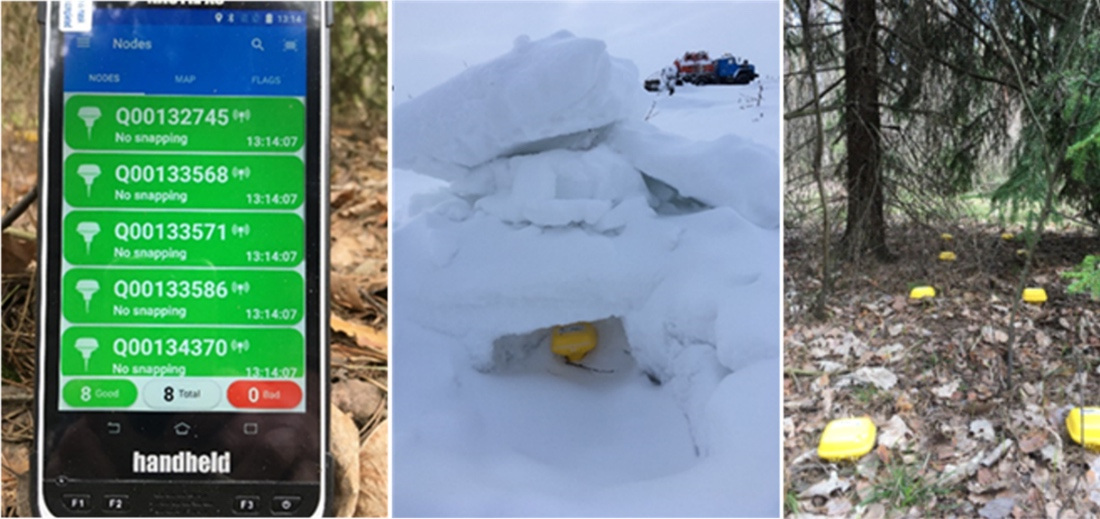
Figure 2 iX1 field QC tool and test location pictures

QUANTUM SINGLE GEOPHONE VERSUS GEOPHONE ARRAYS
An additional test was carried out in the Southern Urals region of Russia. The objective of this test was to compare recorded data from several different geophone arrays to Quantum. Quantum can be manufactured with either a 5Hz or 10Hz single high sensitivity geophone. For this test, Quantum nodes configured with 5Hz internal high sensitivity geophones were used. There is a significant field operation benefit with a single Quantum sensor compared to an array of geophones which adds to system weight and requires greater manpower to deploy. Given comparable data quality a single Quantum node that weighs only 650 grams would be an advantage.
A total of 480 Quantum nodes were deployed, co-located with different geophone arrays which were connected to a cable system for recording. Receiver spacing was 12.5 meters and 121 source points were recorded using an explosive source. Data was recorded and processed.
The results showed frequency content of the Quantum node geophone and that of the arrays were comparable. The primary difference was signal amplitude, which correlated with the number of geophone elements in the array and sensitivity, as expected. Amplitude-Frequency plots and brute stack records for all geophones tested are shown in Figure 3.
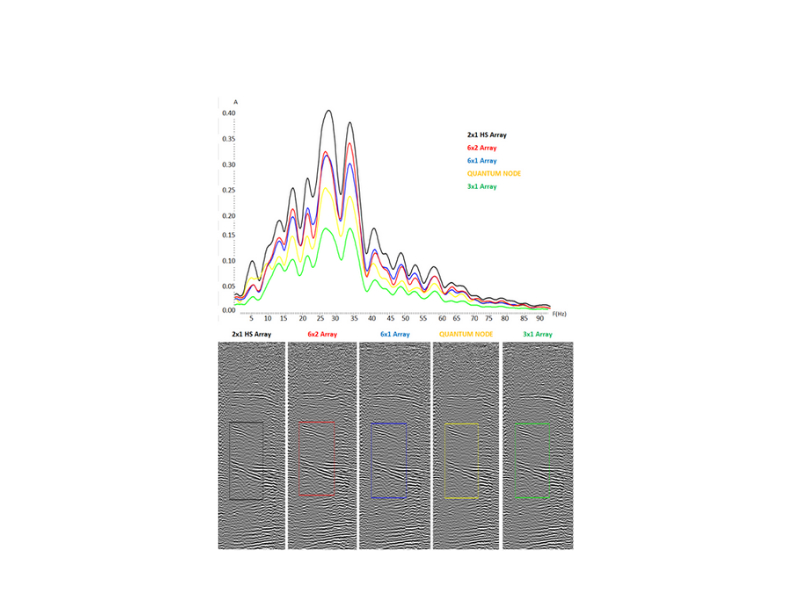
Figure 3 Amplitude-Frequency plot and processed records

LEVERAGING SYSTEM CAPABILITIES
Quantum was deployed on an additional project consisting of mountainous areas, rivers, villages and towns, interspersed with dense vegetation and forests. Within this terrain the survey design included over 74,000 receiver points and over 12,000 source points covering a work area of 473 km2. Dynamite source production was used exclusively due to limited access for vibroseis vehicles.
The iX1 system was used on the project in conjunction with more than 29,000 Quantum nodes. The iX1 system included an acquisition computer for consolidating node status QC, providing a complete centralized map of deployed stations along with QC results of each station. In addition, a transcription computer and Quantum node racks were utilized for simultaneous data download and battery charging. Shooting crews were equipped with INOVA Shot Pro impulsive source control packs.
Field QC tools running the iX1 Quantum QC application were used to collect detailed receiver status information in the field. The QC tools were equipped with wireless cellular capability that allowed status information in the field to be sent over the existing cell network to the central iX1 acquisition computer. This made the process of consolidating status QC information much more efficient than physically transporting the QC information from the field to the central computer. At the central computer, iX1 software was setup by the operator with color coded grading levels for specific QC parameters. The results were displayed on a map representing the status of the full receiver spread as shown in Figure 4.

Figure 4 iX1 map display of consolidated Quantum node status QC
For maximum source production efficiency, Shot Pro’s were operated in autonomous mode. This method eliminated the need for radio communication between a central source encoder and decoders in the field thereby removing potential shooting radio problems that would impede production, a particular concern given the project terrain. The QC tools and associated iX1 application were also used to validate time break of the Shot Pro decoders utilizing the real time trace display feature and Quantum nodes (Figure 5). Time breaks from each shot pack were recorded and compared against each other to confirm all were being generated at the correct time. This provided a method for validating time break of all shot packs without a radio connection to an encoder at the central iX1 computer simply by taking advantage of features already built into the Quantum system.
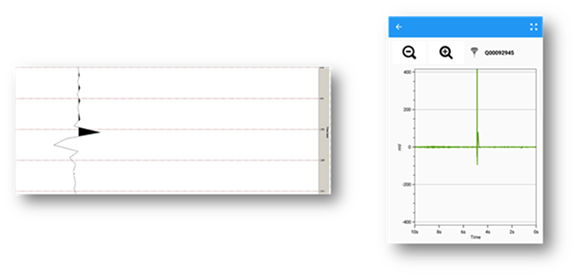
Figure 5 iX1 real time trace monitor used to QC shot pack time break
The features and capabilities of Quantum and the iX1 acquisition system provided opportunities the contractor could leverage for maximum benefit. As a result, the 473 km2 project was completed in 36 days from start to finish including mobilization, deployment, shooting, data delivery and demobilization. Production was completed in 23 days from layout of the first Quantum node to final data delivery.

CONCLUSION
Though only a few examples were presented here, Quantum, along with the iX1 system, have been used extensively in the field proving reliability in some of the most demanding environments. Deployments on small to very large scale surveys have demonstrated Quantum’s ability to deliver as a full featured seismic nodal system. System features are aimed at field operational simplicity and efficiency, attaining an ideal balance between low cost and high performance.
